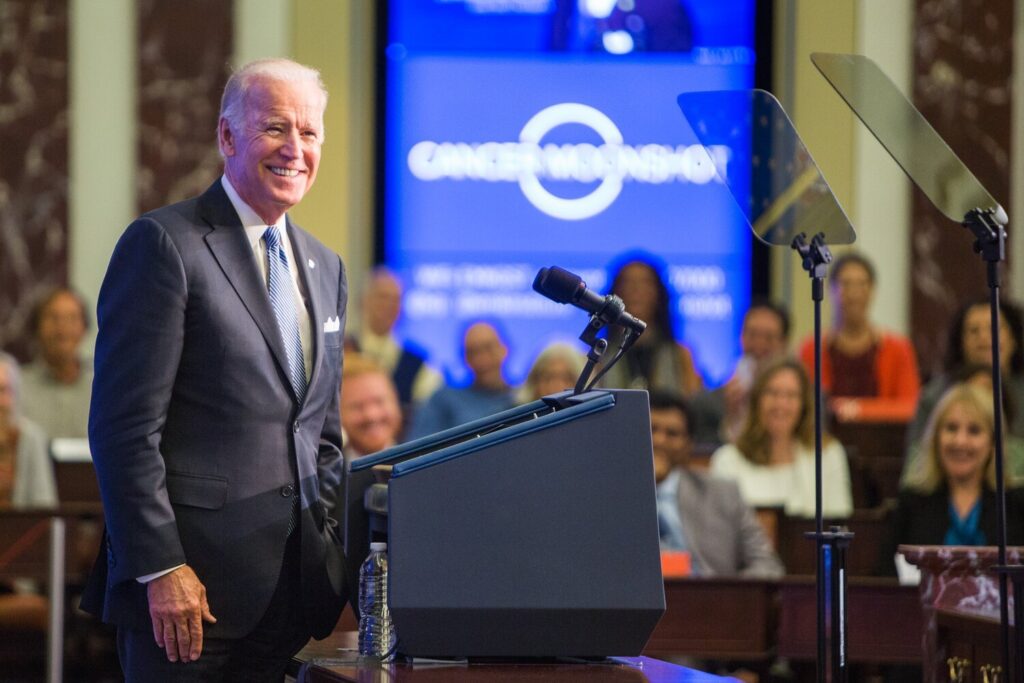In a move to accelerate the adoption of solar power and promote renewable energy sources, the government has mandated the adoption of Solar DC Cable Standards. This new regulation aims to optimize the efficiency and safety of solar power systems by specifying the standards for direct current (DC) cables used in solar installations.
The government’s decision to implement Solar DC Cable Standards comes as part of its broader strategy to transition towards a greener and more sustainable energy infrastructure. By standardizing the cables used in solar installations, the government aims to streamline the integration of solar power systems and promote the use of clean energy sources.
Solar DC cables play a crucial role in transmitting the direct current generated by solar panels to the inverter before converting it into alternating current for use in electrical appliances. The efficiency of these cables directly impacts the overall performance of a solar power system. By ensuring the use of high-quality, standardized DC cables, the government hopes to enhance the efficiency and reliability of solar installations across the country.
Under the new regulation, solar installation providers and manufacturers are required to comply with the prescribed Solar DC Cable Standards. This will involve using cables that meet the specified criteria in terms of quality, insulation, current-carrying capacity, and other relevant parameters. By enforcing these standards, the government aims to eliminate substandard cables from the market and prevent potential hazards associated with poor-quality solar installations.
The implementation of Solar DC Cable Standards is expected to have several advantages for both consumers and the industry as a whole. Firstly, it will ensure that consumers receive high-quality solar power systems that are optimized for performance and safety. By using standardized cables, solar installations will operate more efficiently and reliably, leading to higher energy yields and lower maintenance costs for consumers.
Secondly, the adoption of Solar DC Cable Standards will boost consumer confidence in solar power systems. With clear criteria in place, consumers can be assured that the solar installations they invest in meet the necessary safety and quality standards. This increased trust in solar technology is crucial for expanding the adoption of renewable energy sources and moving towards a sustainable future.
Furthermore, the implementation of Solar DC Cable Standards will encourage manufacturers to prioritize the production of high-quality DC cables. This will drive innovation and competition within the industry, leading to the development of more efficient and cost-effective solar power solutions. As the demand for solar installations grows, manufacturers will have the incentive to invest in research and development to improve the performance and durability of their products.
The government’s decision to mandate the adoption of Solar DC Cable Standards aligns with its broader commitment to reduce greenhouse gas emissions and combat climate change. By promoting the use of renewable energy sources such as solar power, the government aims to reduce the dependence on fossil fuels and mitigate the environmental impact of traditional energy generation.
As the solar industry continues to expand, the implementation of Solar DC Cable Standards will help create a level playing field for all market participants. It will ensure fair competition among solar installation providers and manufacturers, as they will be required to meet the same standards. This will ultimately benefit consumers by providing them with more options and driving down the costs associated with solar power systems.
In conclusion, the government’s mandate to adopt Solar DC Cable Standards is a significant step towards driving the adoption of renewable energy and promoting the use of solar power in the country. By ensuring the use of high-quality, standardized DC cables, the government aims to optimize the efficiency and safety of solar installations. This move will not only benefit consumers but also drive innovation and competition within the solar industry. With the implementation of Solar DC Cable Standards, the country is poised to accelerate its transition towards a sustainable and greener energy future.



